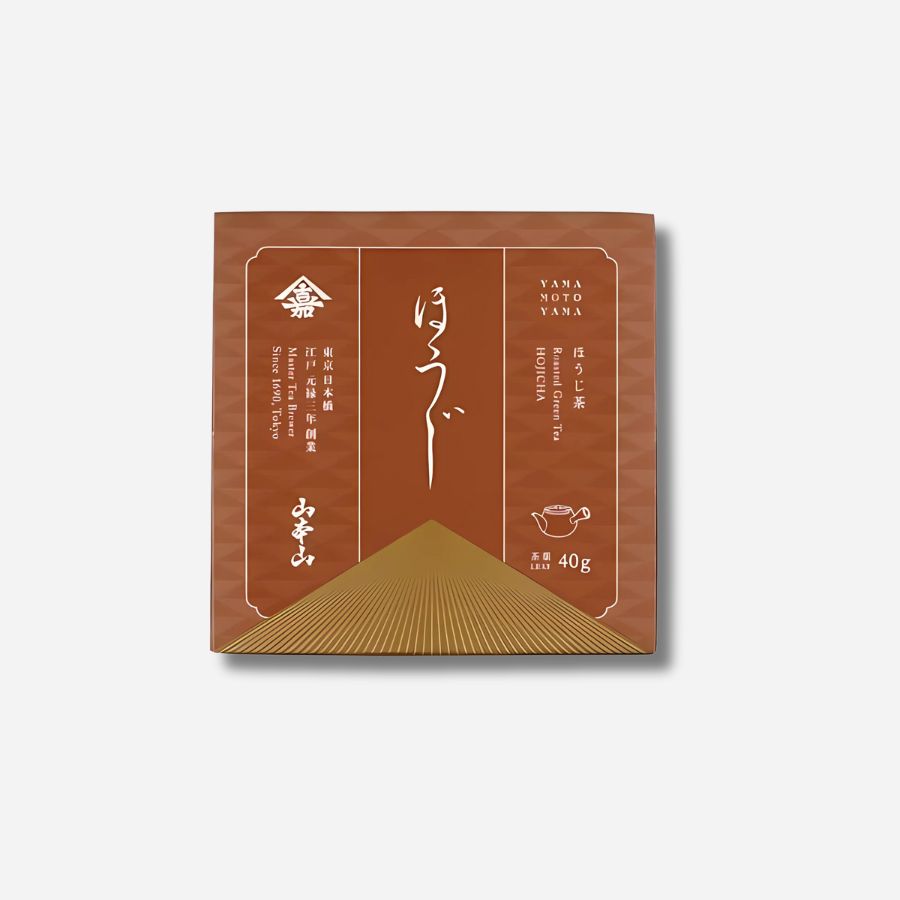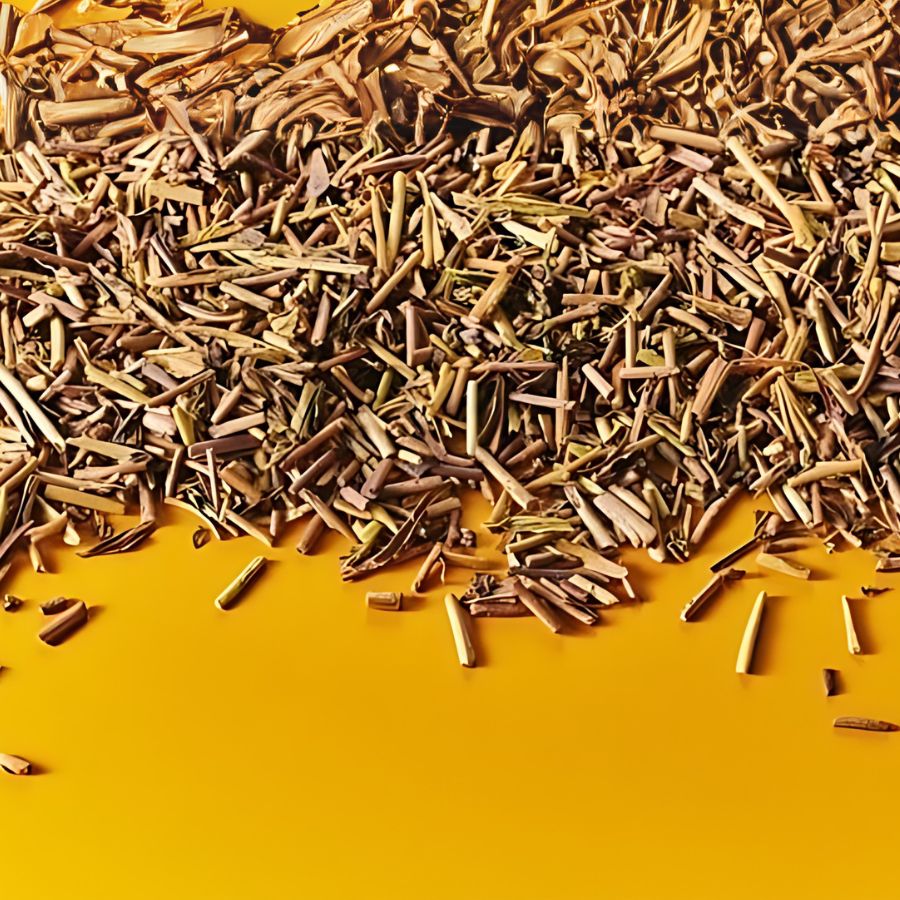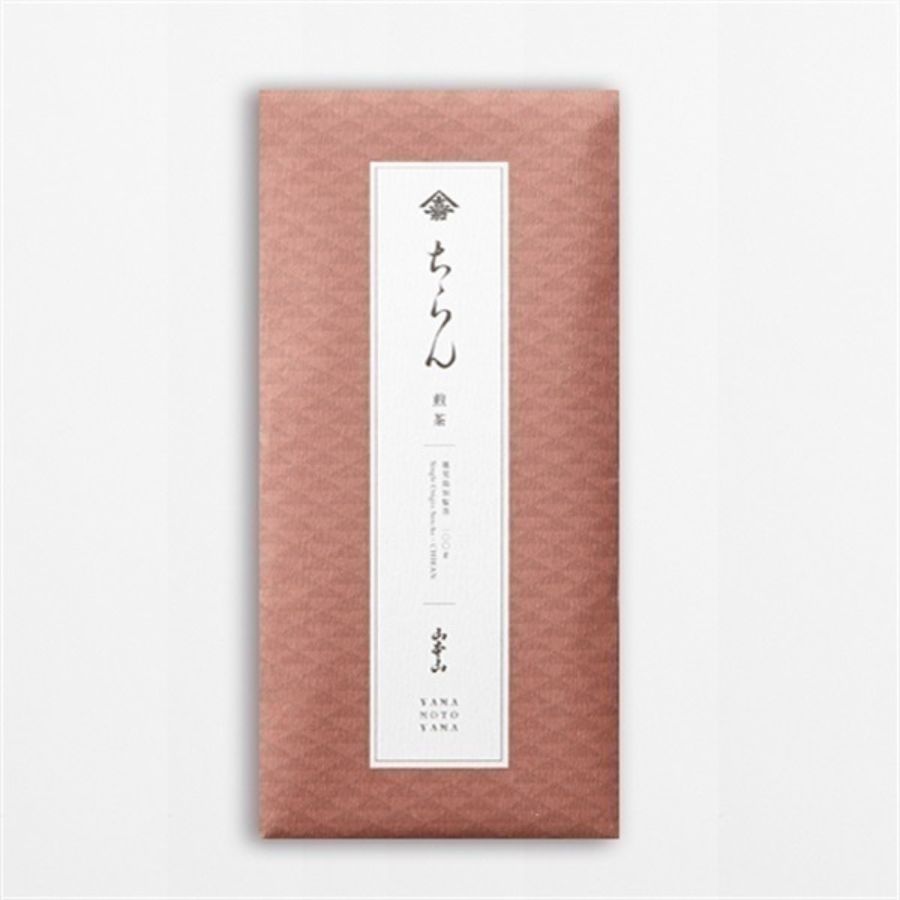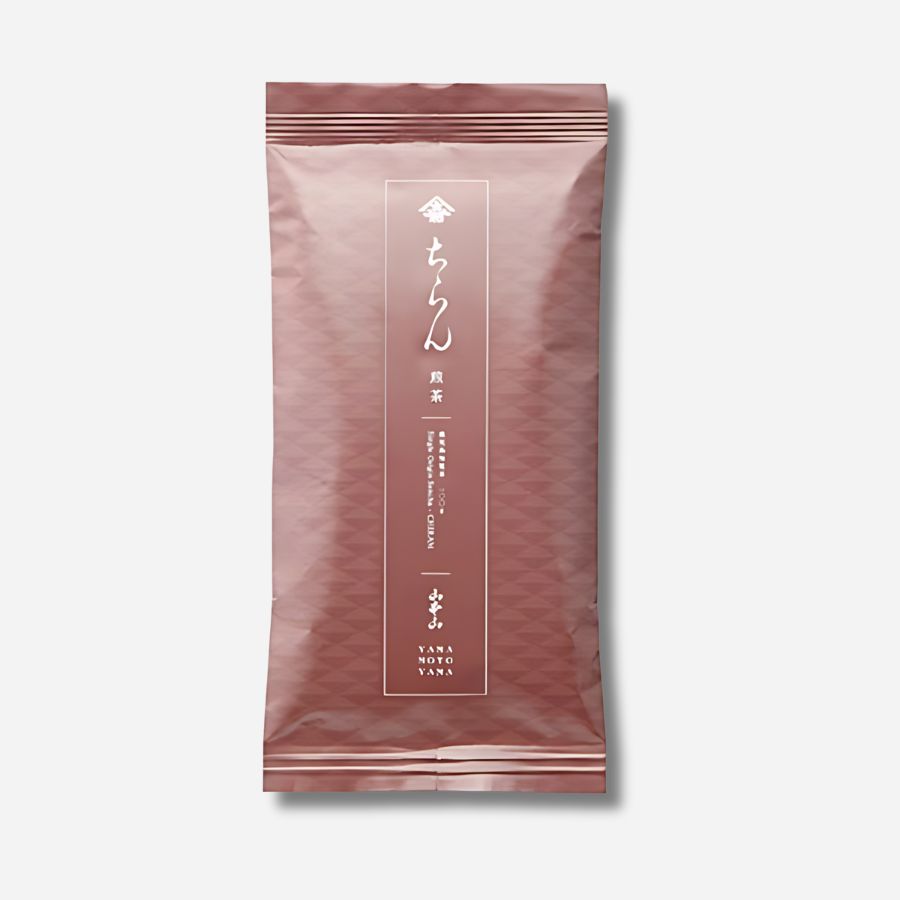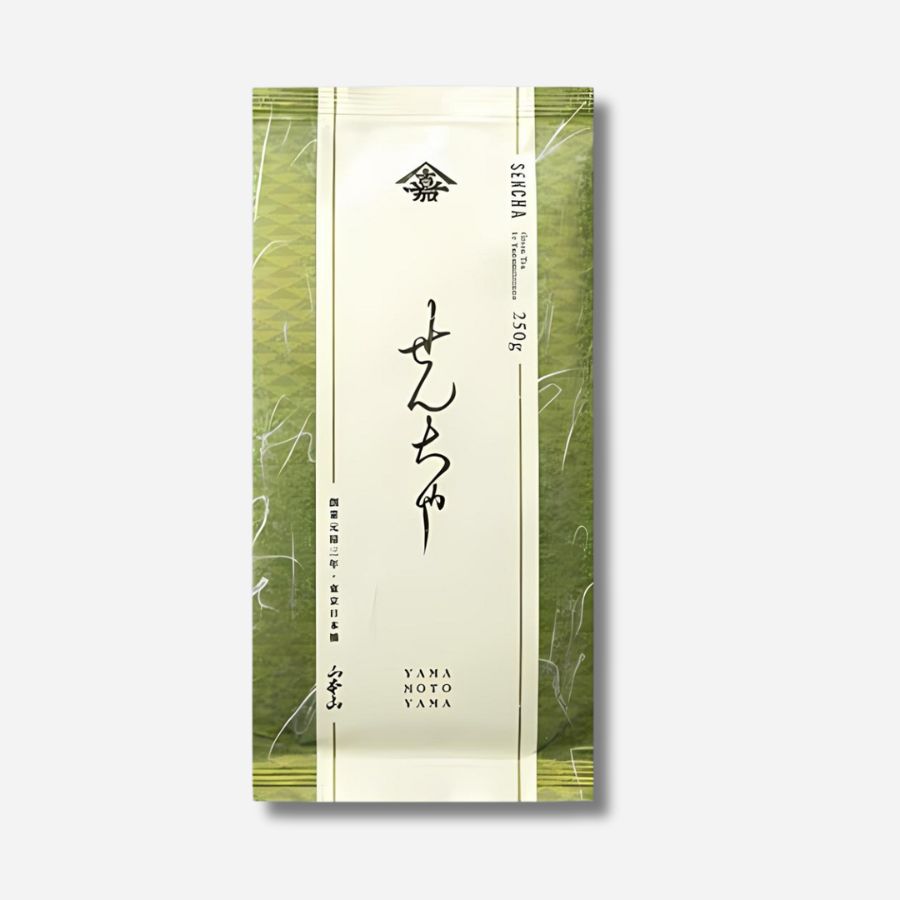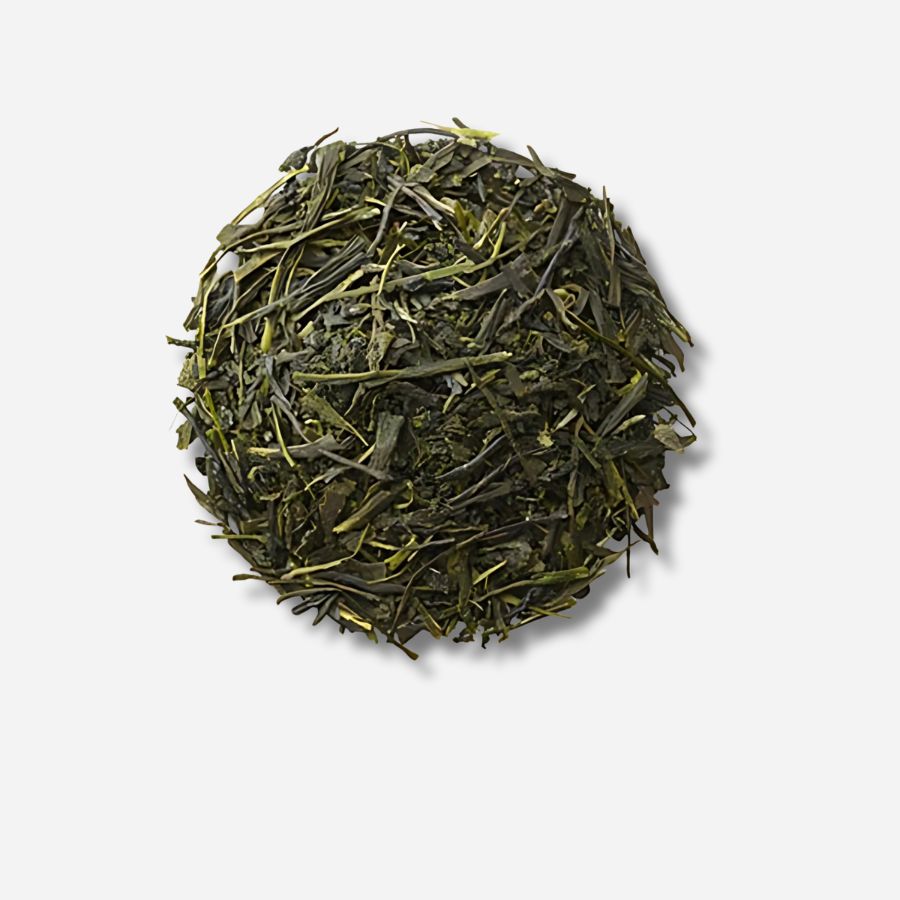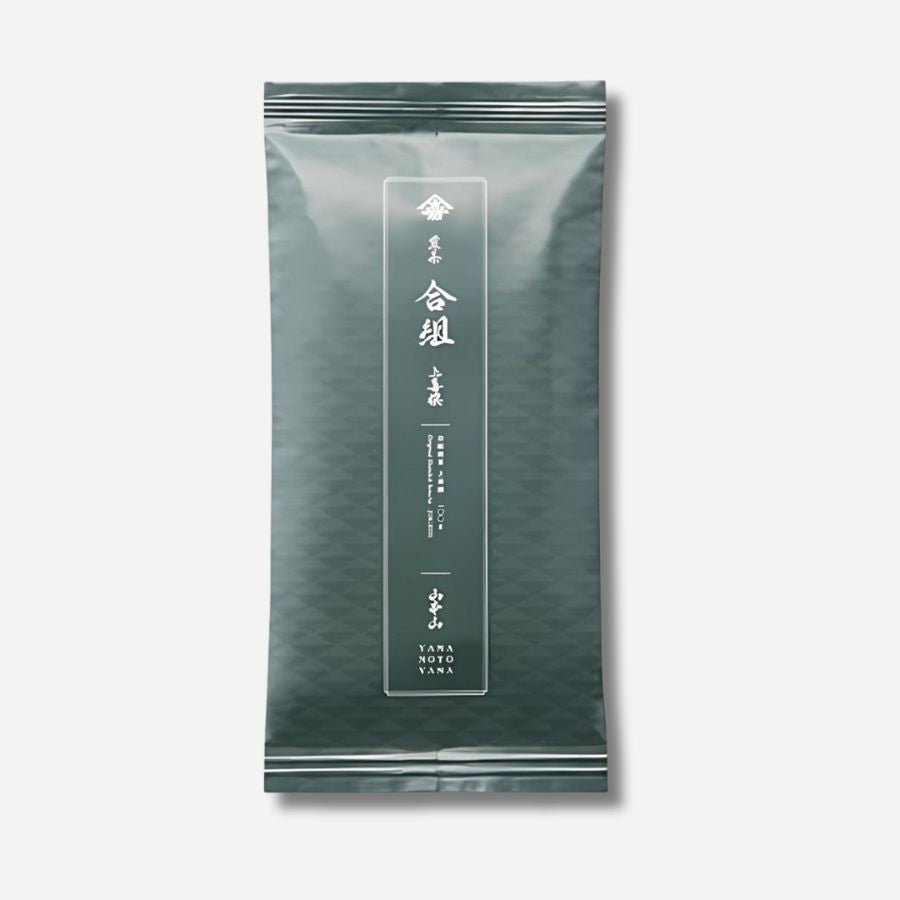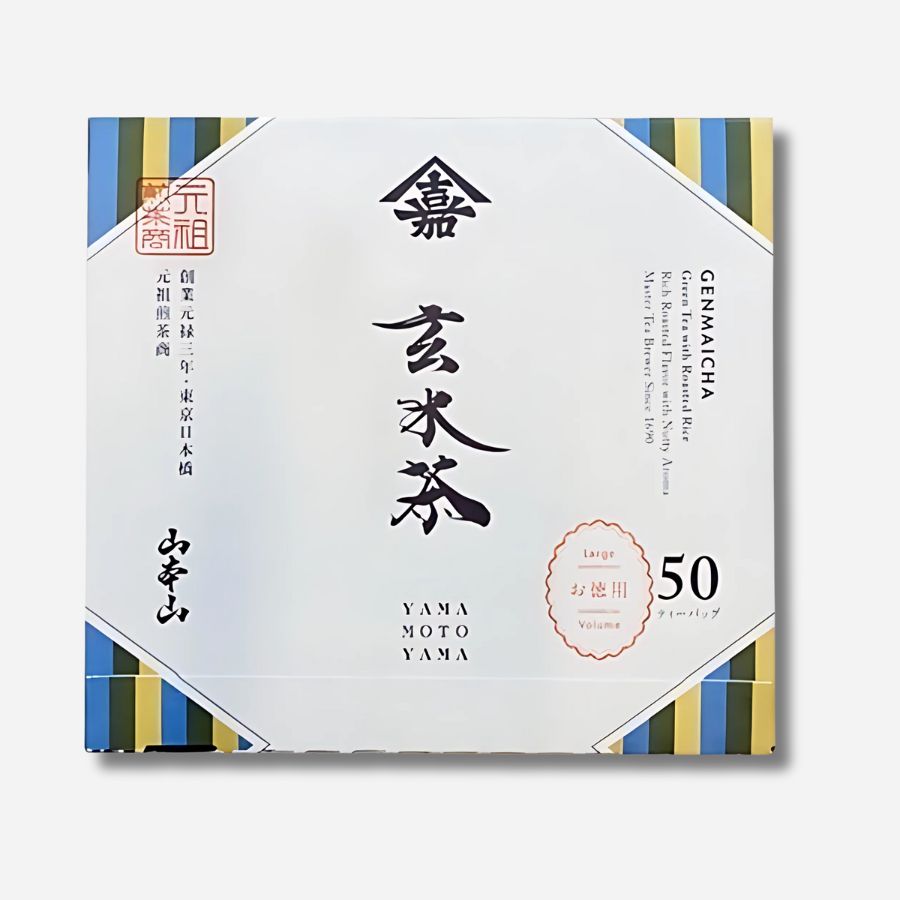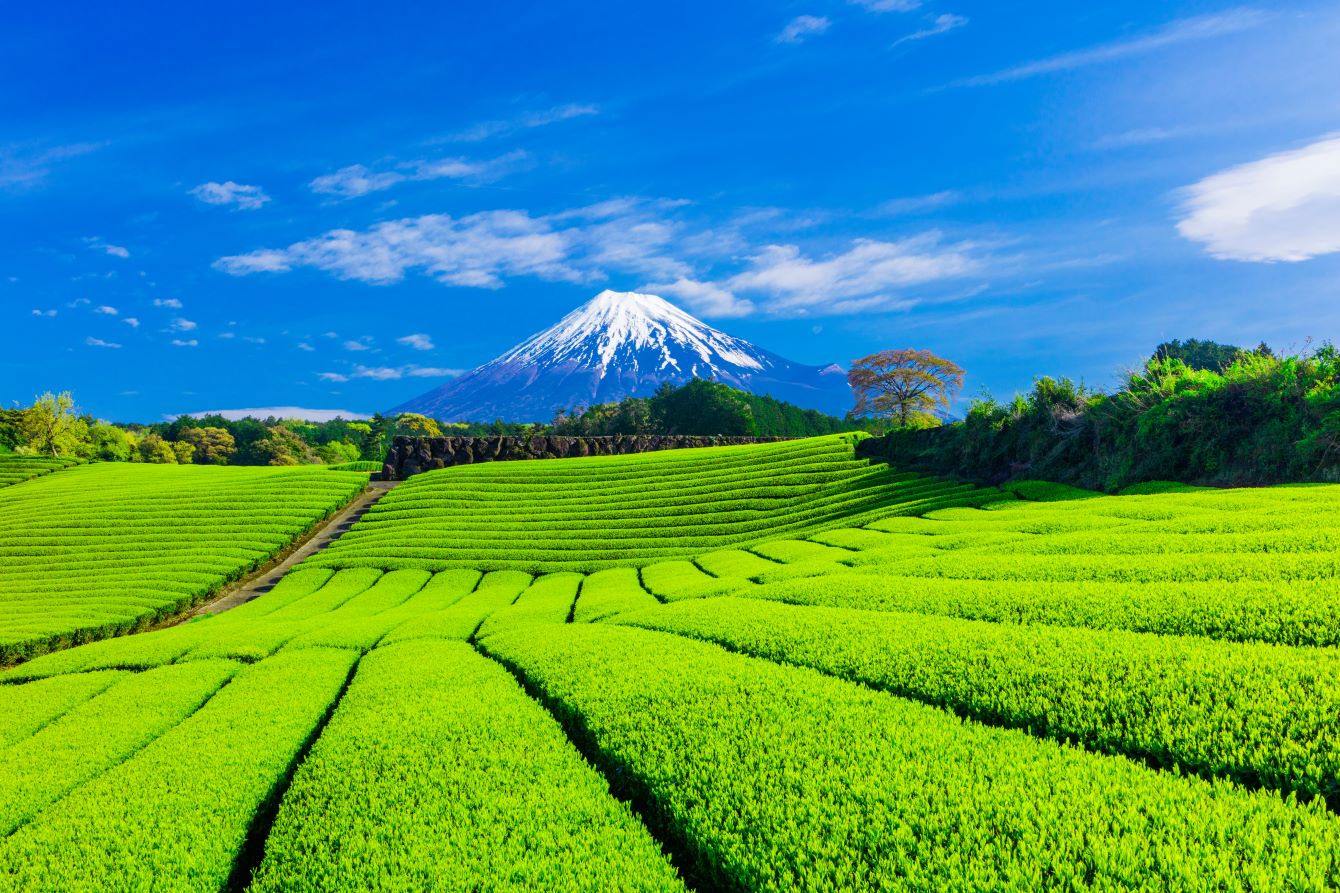
Surprisingly deep! The best tea utensils for different types of tea
Introduction
Japanese tea culture has been deeply rooted in people's lives since ancient times, and throughout history a wide variety of tea utensils have been developed.
The best tea utensils vary depending on the type of tea, and each has its own characteristics and functions.

The relationship between types of tea and tea utensils
For example, gyokuro, which is enjoyed in small amounts for its rich flavor, is served in small teapots and teacups to suit its characteristics.
On the other hand, bancha tea, which involves drinking a lot of refreshing hot tea, is served in larger vessels such as large earthenware pots and thick tea bowls.
Sencha generally comes in a moderately sized teapot and tea bowl, somewhere between gyokuro and bancha.
In this way, the taste of Japanese tea can change greatly not only depending on the type of tea, but also on the tea utensils used.

The shape and function of the teapot
For example, if you use a clay pot for bancha tea for sencha tea, it can be difficult to regulate the temperature of the water, which can ruin the flavor of the sencha tea.
In this way, the Japanese have put a lot of effort into creating tea utensils so that they can enjoy a variety of teas deliciously.

Japanese teapots are world-renowned for their high quality
Among them, Japanese teapots can be said to be a traditional Japanese craft that brings together the wisdom and techniques required for brewing delicious tea.
There are various types of teapot handles, such as "yokote," "utsuchite," and "joude," but most Japanese teapots have a shape called "yokote."

Yokote jug has a rod-like handle that sticks out from the side, and compared to the "urate" jug, which has a straight spout and handle, the distinctive feature is that it can be poured with one hand while holding the lid down with your thumb.
This shape is designed to increase stability and maneuverability when brewing tea, allowing you to enjoy a more delicious tea.

Teapots made using Japan's excellent pottery manufacturing techniques boast a high level of quality that is unparalleled anywhere in the world.
The lid does not rattle when pouring, making it easy to use.
In addition, most teapots have a mesh on the inside to prevent tea leaves from getting into the tea bowl, and the most common types are those with a metal mesh band that can handle fine tea leaves such as deep-steamed sencha.

summary
Tea utensils, which bring together such traditions and techniques, are truly symbols of Japanese culture.
We encourage you to try collecting a variety of tea utensils and using them according to the type of tea and your mood. This will surely deepen your enjoyment of tea.







